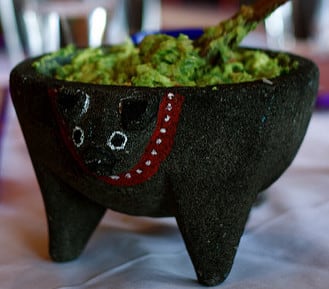Hospice Time
“My mother is headed out of here quickly,” Shurn reports in early June. “She is at Johns Hopkins, but they are saying hospice time.”
The hospital transfers Mrs. Shurn two miles west to the Joseph Richey Hospice. “I try to spend time with her during daylight,” says Shurn who lives an hour away in Northwest Washington, D.C. “When the sun is out, she’ll do her best.” Many people with dementia experience “sundowning” — behavioral or sleep problems after the sun goes down.
Shurn tries to wrap his brain around the idea that his mother is dying. “I thought we’d have a few more years together,” he says slowly. “I enjoy her. We’ve had fun.”
He not only wishes they had more time; he also wishes that she were at home in her own bedroom. “This is where it was meant to be, so this is where it will be,” he says of the hospice, which is named for an Episcopalian priest. “I’m just here, making her as comfortable as possible.”
“It’s a nice facility,” he acknowledges. The All Saints Sisters of the Poor co-founded the Joseph Richey Hospice 27 years ago to provide a home-like environment to manage the pain and symptoms of terminally ill patients for as long as necessary.
These days, Shurn spends most of his time in Baltimore, driving home to Washington only to sleep, shower and change clothes. “I don’t know how long this is going to last.”
“I don’t want to watch her die,” he admits. But he quickly adds, “I will not abandon her.”
It’s June 12, 2014.









